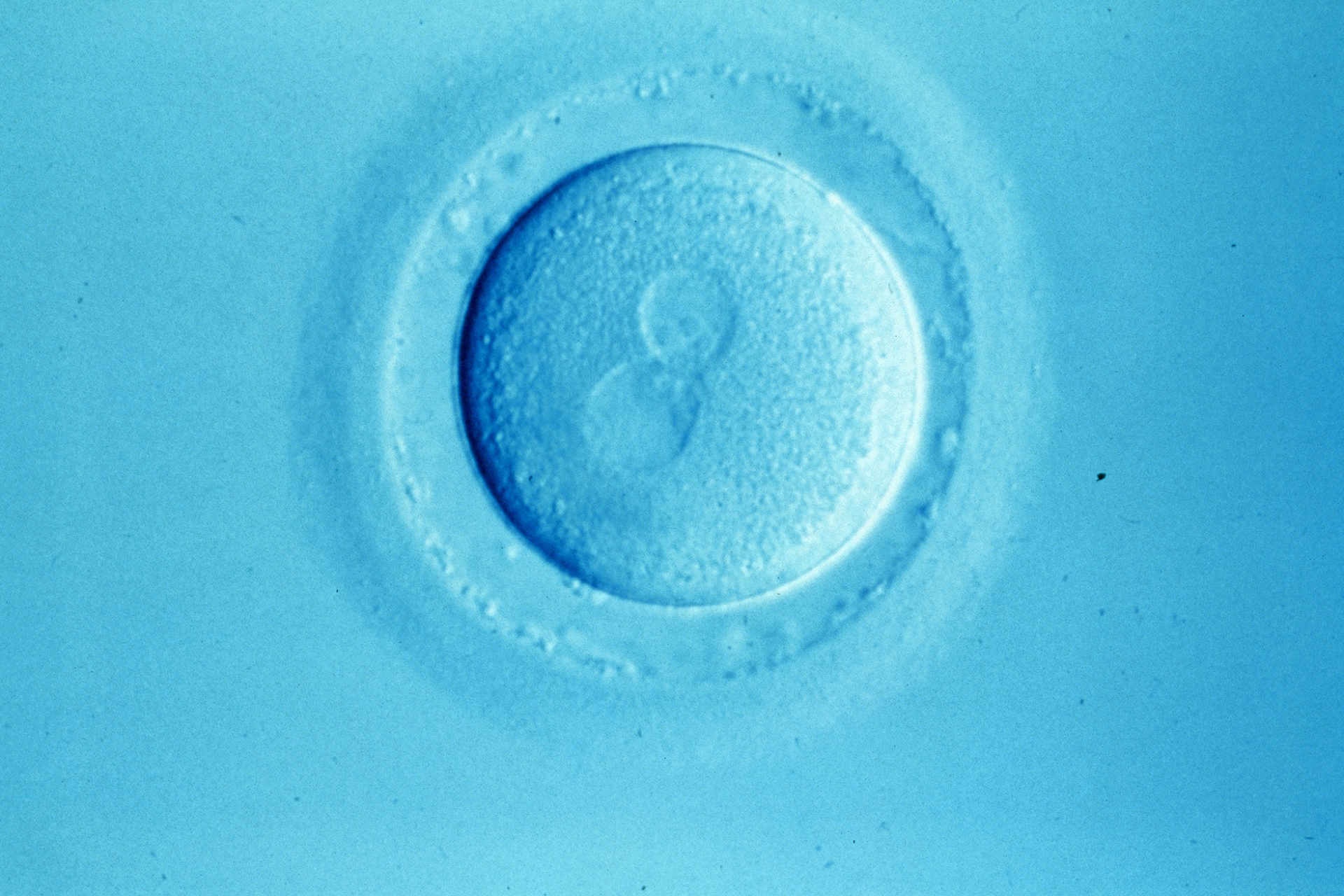| Eve: The Disobedient Future of Birth By Claire Horn Published by Wellcome Collection ISBN-10: 1788166892, ISBN-13: 978-1788166898 Buy this book from Amazon UK |
 |
Claire Horn's book Eve: The Disobedient Future of Birth is ostensibly about what has been termed 'artificial womb technology'. Citing recent scientific developments, such as the work of researchers from the USA, Australia and Japan who have developed biotechnologies that are able to sustain the life of extremely premature lamb fetuses in an artificial womb environment, Horn argues that the possibility of human conception and gestation taking place wholly outside of the body is 'closer than ever before'.
This is an exciting and controversial topic and, over the course of Eve, Horn uses potential future developments in this technology as a lens through which to consider issues such as eugenics, health inequality, abortion and gender inequality. In doing so, she raises some urgent questions about the possible use and misuse of artificial womb technology. Could it be adopted for eugenic ends by those in power? Who would have access to it? Could this technology pose a threat to abortion rights? Might artificial wombs be used to reduce gender inequality in reproductive labour, or at least the gestational parts of it? These, and other pertinent questions, are explored throughout the book in a series of well-researched chapters, drawing on a wide range of scientific, historical, legal, and academic sources.
Published by the Wellcome Collection, Eve is aimed at a general reader and this is reflected in the content and style of the book. Horn uses the opening chapter to offer a brief overview of the historical and current scientific developments in reproductive biotechnologies.
Subsequent chapters touch on concepts explored by previous commentators on the subject. For example, in Chapter 3, Horn draws on JBS Haldane's 1923 paper, Daedalus, or Science and the Future, where the term 'ectogenesis' was first coined (see BioNews 1174), arguing that the legacy of artificial wombs is inextricably entangled with eugenics. While she acknowledges that there have been significant attempts to fight against eugenic practices to get reproductive justice for underrepresented groups, the chapter would have been more balanced if those oppositional voices had been given more space. For example, if it had considered Bertrand Russell's 1924 response to Haldane's Daedalus, Icarus or the Future of Science, which was one of the first to take issue with Haldane's eugenicist thesis.
Horn also explores where technology allowing ex utero growth would sit in existing healthcare structures. She states that for this technology to be of benefit it is first necessary to 'confront health inequity and to secure reproductive care for all'. These are noble aims but, given the timescales for the likely introduction of artificial womb technology, do feel somewhat idealised. If we are just decades away from its introduction, as Horn suggests elsewhere in Eve, how probable is it that global health inequalities will have been eradicated and that equitable reproductive care will be a reality? Arguably, a more pressing question is how we should deal with the inevitable introduction of these technologies in unjust societies.
Horn then explores the idea that artificial womb technology might offer a 'solution to the abortion debate'. Turning this idea on its head, she raises the important question of whether, rather than offering a solution, artificial wombs might actually threaten abortion rights. This is one of the strongest chapters in the book. It draws on an impressive range of research, offers an excellent account of Roe v Wade that is easily understandable to the general reader, and concludes that it is time to 'decriminalise, destigmatise and improve access to safe, free and culturally sensitive abortion care'.
Finally, Horn explores other feminist perspectives on artificial womb technology and the question of whether artificial wombs might offer a solution to gender inequality in reproductive labour. Starting with Shulamith Firestone's revolutionary manifesto The Dialectic of Sex (1970), she goes on to reference the work of modern commentators Dr Anna Smajdor and Dr Evie Kendal. Horn agrees with Dr Smajdor and Dr Kendal that the physical risks of pregnancy have a negative impact on women, but she does not support their view that artificial womb technology is a viable solution. Horn sees the problem as one of 'sexism and medical paternalism' and not of reproductive biology.
Horn's proposed solution is 'a substantive undoing' of medical, legal and social practices but there is arguably a middle ground that could have been considered in the book. Neither Dr Smajdor nor Dr Kendal think that artificial womb technology will solve all of the structural inequalities in society but, if it has the potential to save some women from dying from complications in childbirth, why should the technology not be used to this end in the future?
Despite claims to the contrary, this book is not primarily about artificial womb technology. Instead, the possibility of this technology is used to ground a rigorously researched account of other key contemporary reproductive issues.
The book addresses vital and interesting questions. However, where it arguably falls short is in not offering realistic shorter-term policy solutions, particularly given that, scientifically, we are already on the road to artificial womb technology. In addition, while the book offers a clear and committed set of moral and political views (many of which we share) it could have been strengthened by offering more sympathetic and detailed expositions of opposing positions.
Having said that, it is an informative read and a good starting point for a reader interested in human reproduction who wants to familiarise themselves with current issues and debates.
This work is funded by the Wellcome Trust under grant reference 222858/Z/21/Z as part ofThe Future of Human Reproduction programme.
Buy Eve: The Disobedient Future of Birth from Amazon UK.





Leave a Reply
You must be logged in to post a comment.